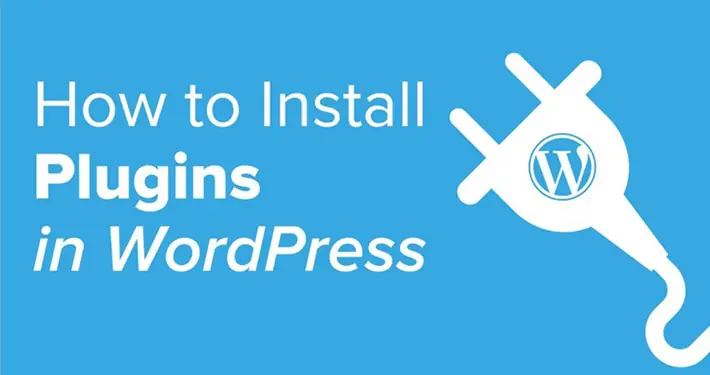Perfmatters 2.2.9 – WordPress Performance Plugin
Perfmatters slow WordPress sites have higher bounce rates and fewer conversions. The perfmatters Nulled plugin was created by web performance geeks to speed up your site.

Perfmatters 2.2.9 – WordPress Performance Plugin Features
- Disable emojis
- Disable embeds
- Remove query strings
- Disable XML-RPC
- Remove jQuery migrate
- Remove WordPress version number
- Remove wlwmanifest link
- Remove RSD link
- Remove shortlink
- Disable RSS feeds
- Remove RSS feed links
- Remove Dashicons
- Disable scripts per page/post
- Disable scripts with Regex
- CDN Rewrite
- Disable Password Strength Meter
- Add blank favicon
- Disable Google Fonts
- Add code to header or footer
- Disable self pingbacks
- Disable WordPress Heartbeat API
- Change Heartbeat API frequency
- Disable and limit post revisions
- Disable REST API
- Remove REST API links
- Change autosave interval
- DNS prefetching
- Preconnect
- Disable WooCommerce scripts and styles
- Disable WooCommerce widgets
- Disable WooCommerce status meta box
- Disable WooCommerce cart fragments (AJAX)
- Disable Google Maps API
- Multisite support
- Change WordPress login URL
- Local analytics
- Disable WordPress comments
- Enable lazy-loading
What Is a WordPress Plugin
WordPress plugins are a crucial aspect of building WordPress websites as they allow users to add additional features without touching a single line of code. Plugins help make WordPress the easy-to-use, flexible, and feature-rich content management system it’s known today.
Having a basic knowledge of plugins is essential for every WordPress user, and we’re here to help. You’ll learn what WordPress plugins are, how to use them, and what types of plugins are out there.
Think of the WordPress core software as a brand-new smartphone with factory settings. It’s usable, but most users install additional apps to enhance the day-to-day use of their device and overall functionality. These apps are free to download, install, and uninstall whenever you like.
WordPress plugins work similarly. Over 58,000 plugins are available to download from the WordPress plugin directory. Whatever your site’s needs are, there’s most likely a plugin to achieve them.
While there are many free WordPress plugins available, you can also get premium or paid options. Free plugins offer basic functionality, while the paid options offer extra value like advanced features and dedicated support from developers.

How to install WordPress Plugin Manually
- From your WordPress dashboard, choose Plugins > Add New.
- Click Choose File, locate the plugin .zip file, then click Install Now.
- After the installation is complete, click Activate Plugin.
To add a plugin to your WordPress website via FTP
- Download the desired plugin as a .zip file from either the WordPress directory or a third-party source.
- Extract (or unzip) the plugin file. The unzipped folder will appear with the same name as the .zip file.
- Next, you’ll need to connect to your WordPress website server with FTP. To do this, you can use an FTP client that connects to the host server to transfer files.
- Once you open the FTP client, connect to your website with a username and password. You might need to obtain these credentials from your hosting provider.
- In your WordPress file directory, open the wp-content folder, then open the plugins folder.
- Upload the unzipped plugin folder that you downloaded to the plugins folder.
- Return to your WordPress dashboard and select Plugins > Installed Plugins. Find your new plugin and click Activate.

